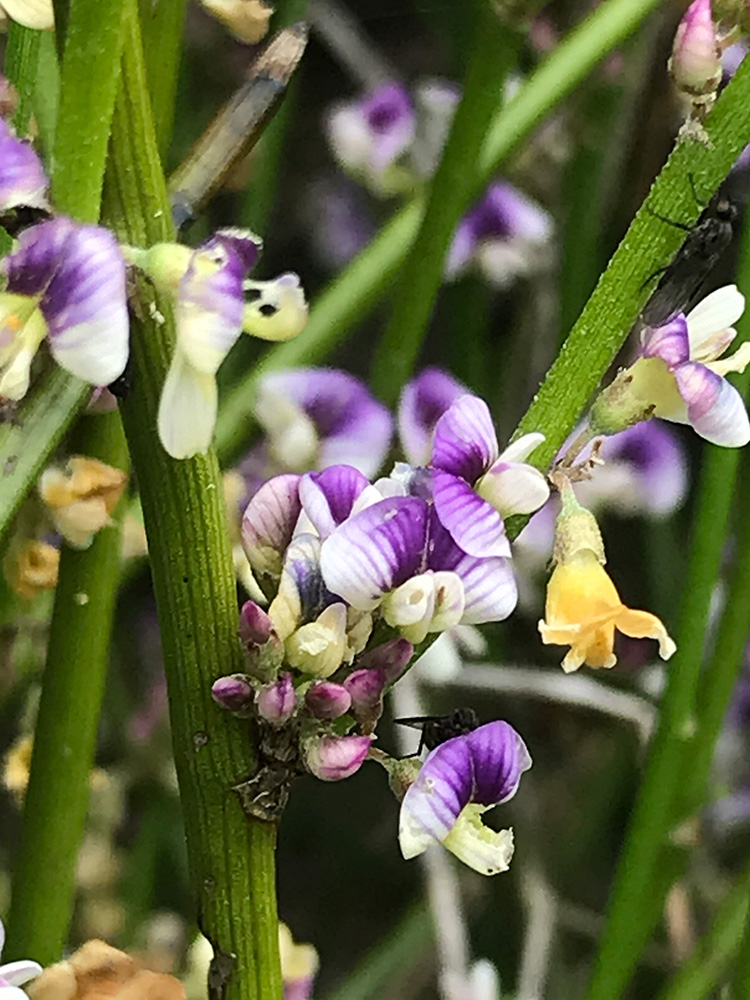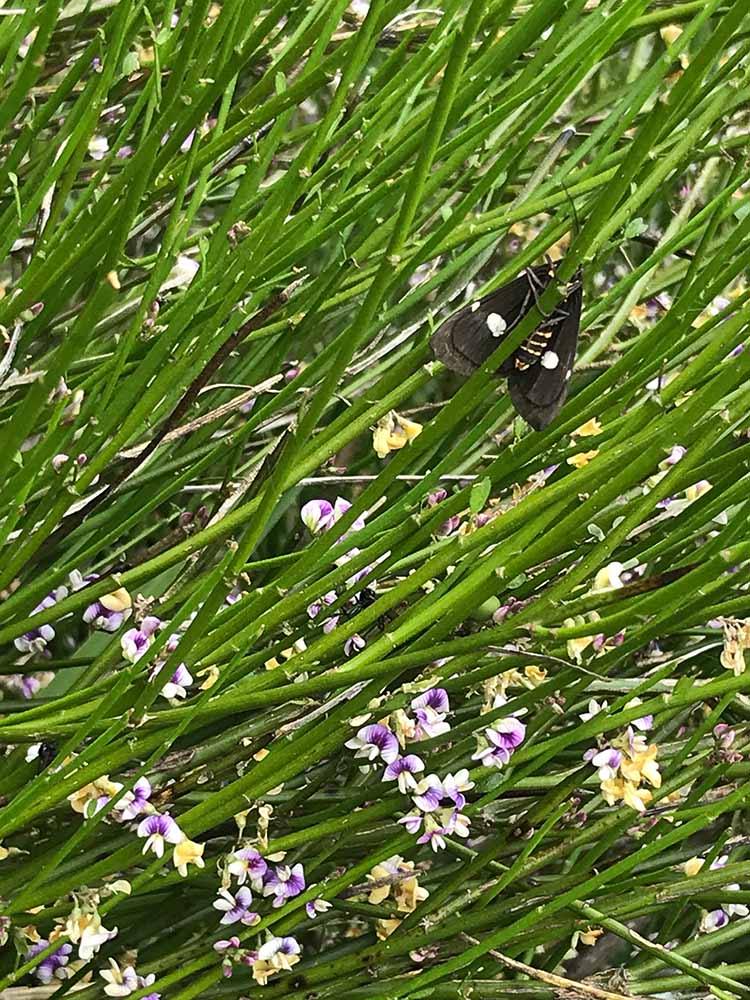Southland’s Plant Life
- Manuka blossom in the Eyre Mountains
Northern Southland boasts some of the most unique flora in New Zealand with several plant species that are found nowhere else in the world.
There are plants here which occur only on a single mountain range in the Eyre Mountains (Taka Rā Haka). Between 15-20 endemic species of mountain daisies, including the pink alpine daisy, as well as forget-me-nots and mountain buttercups, can be found there, along with areas of herbfield, cushionfield, rockland, and sedgeland-mossfield in patterned wetlands.
A wide range of wetlands including swamps, fens and bogs are home to many native species. Well-known species throughout Northern Southland include cabbage trees, flaxes, red tussock, kowhai, sedges, hebes and pink-flowered native brooms.
What makes our plants so special?
More than 80% of New Zealand’s native plants are endemic (grow nowhere else in the world), and while our country is home to 2,500 named native plants, nearly half are classified as at risk or threatened.
A land of odd looking (and smelling) plants
Some of our native trees and shrubs have strikingly different juvenile and adult forms. This is called heteroblasty, and may have evolved to stop browsing by Moa. Common Southland examples of these include lancewood, kaikomako, lowland ribbonwood and marbleleaf.
Small-leaved shrubs and low-growing trees with densely
interlaced stems (known as divaricating) are common, with species, such as mingimingi and weeping mapou. The distinctive hūpiro, also known as stinkwood, is well-known as it smells strongly of dung when crushed.
Spot the difference
NZ is home to many small leaved, divaricating shrubs. It is thought different plants evolved this similar form to avoid being eaten by Moa OR maybe it was because of NZ’s unique, exposed climate during their evolution – what do you think?
Did you know?
Protected remnant landscapes in Northern Southland hold many miniature secrets including flowers that appear just briefly on our native orchids, rare endangered grasses and newly categorised species of tiny
forget-me-nots (Myosotis).








